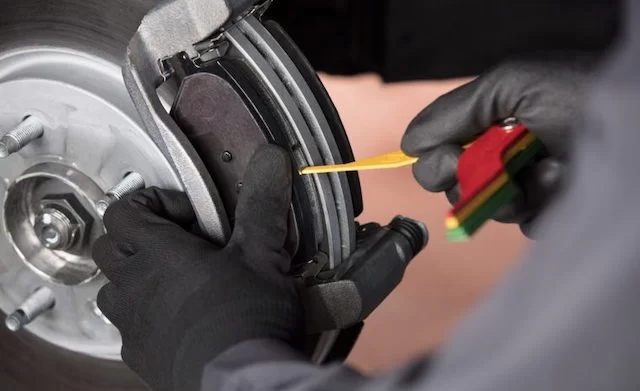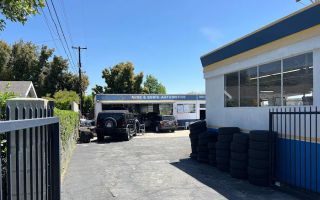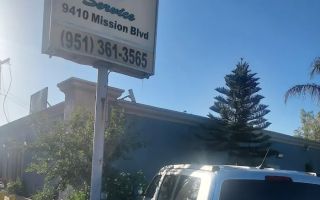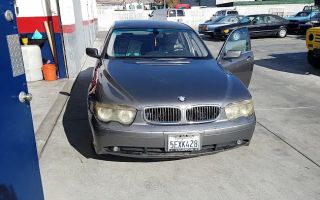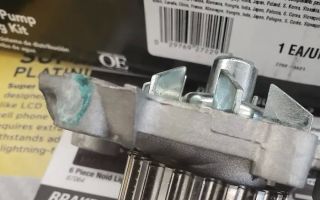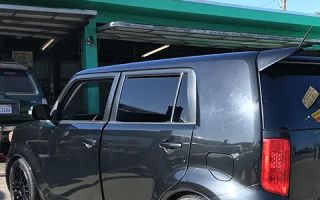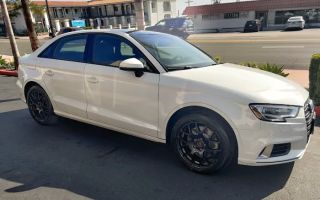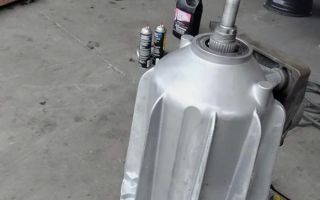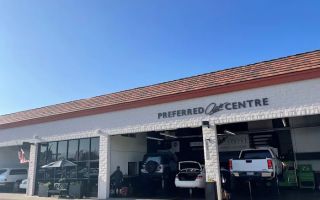How to Repair a Car with Squeaky Brake Pads
If you’ve ever heard a high-pitched squeal coming from your brakes while driving, you know just how annoying it can be. Squeaky brakes are a common problem that many car owners face, and although it can be a nuisance, it’s often a sign that something needs attention. In my experience, squeaky brake pads are not always a reason for panic, but they definitely deserve a closer look. Over the years, I’ve learned that there are a few common causes for squeaky brakes, and in this article, I’ll share how to identify them and fix the issue, ensuring your car runs smoothly and quietly again.
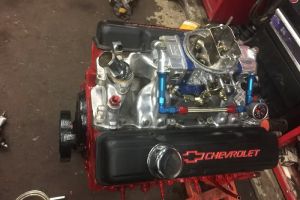
J&J Auto Repair
2879 Lockbourne Rd, Columbus, OH 43207, USA
1. Understanding the Causes of Squeaky Brake Pads
Before diving into the repairs, it’s important to understand why your brake pads might be making that annoying squeaky sound in the first place. In my experience, squeaking brakes can be caused by a variety of factors, ranging from normal wear and tear to more serious mechanical issues. Here's a breakdown of the most common causes:
- Worn-Out Brake Pads: Over time, the friction material on your brake pads wears down, and when this happens, you might hear a squeaking sound. This is because the metal parts of the brake pads start to rub against the rotor, which creates the noise. If the wear is severe, you might also notice a reduction in braking efficiency.
- Moisture: Sometimes, when it’s been raining or the car has been exposed to dew, moisture can cause a temporary squeak in the brakes. This usually goes away once the car is driven for a few minutes and the moisture evaporates. If the squeaking only happens when it's damp outside and disappears shortly after you start driving, there’s usually no need for concern.
- Brake Dust: Another common cause of squeaky brakes is the buildup of brake dust. When brake pads wear down, they create small particles that can accumulate on the rotor and caliper. If this dust isn’t cleaned off, it can cause friction and noise when the brakes are applied.
- Glazed Brake Pads: If the brake pads get too hot (due to aggressive driving or frequent hard braking), they can become glazed. This means the friction material on the pads hardens and becomes smooth, reducing their effectiveness and causing a squeaky sound when they come into contact with the rotor.
- Improperly Installed Pads: If the brake pads were installed incorrectly, they might not sit properly against the rotor, leading to squeaks. This can happen if the pads are not properly lubricated or if the hardware isn’t aligned correctly.
2. How to Inspect Your Brake Pads
Before attempting to repair the issue, you’ll want to inspect the brake pads and other brake components to determine the exact cause of the squeaking. Here’s a step-by-step guide to inspecting the brake pads on your car:
- Lift the Car: To get access to the brake pads, you’ll need to lift the car using a jack. Make sure the car is securely supported by jack stands to avoid accidents. Never work under a car that is only supported by a jack.
- Remove the Wheel: Once the car is raised, use a lug wrench to remove the wheel, exposing the brake components.
- Inspect the Brake Pads: With the wheel off, you’ll have a clear view of the brake pads and rotors. Check the thickness of the brake pads. If they’re less than 1/8-inch thick, it’s time to replace them. If they’re still in good condition, the issue may lie with the rotor or the pad material itself.
- Check for Glazing: Look for any shiny or smooth areas on the surface of the brake pads. If you find these, it’s a sign that the pads have become glazed due to overheating.
- Inspect for Brake Dust: If there’s a noticeable buildup of brake dust on the rotor or caliper, this could be the source of the squeaking. In this case, cleaning the components might resolve the issue.
3. How to Fix Squeaky Brakes
Once you’ve inspected the brake pads and identified the cause of the squeaking, it’s time to tackle the repairs. In my experience, fixing squeaky brakes is usually straightforward, but it can take a bit of time. Here are a few methods you can try depending on the issue you discovered:
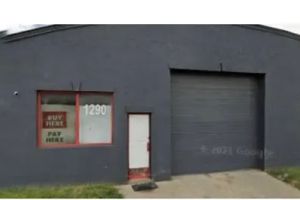
Lopez Auto Repair
1290 W Mound St, Columbus, OH 43223, USA
1. Replacing Worn Brake Pads
If the brake pads are worn down, replacing them is your best option. While this can be done at home if you have the right tools, it’s essential to follow the correct procedures to ensure proper installation:
- Remove the Old Pads: Start by removing the caliper bolts to detach the caliper from the rotor. After removing the caliper, take out the old brake pads. Pay attention to the order and positioning of the pads so you can install the new ones correctly.
- Install New Pads: Slide the new pads into place, making sure they’re properly seated. Be sure to apply brake grease or anti-squeal lubrication to the back of the pads to prevent any squeaking in the future.
- Reassemble the Brakes: Reinstall the caliper and any other hardware you removed. Tighten the bolts securely, but avoid over-tightening, as this could damage the caliper.
- Test the Brakes: Before you put the wheel back on, pump the brake pedal to seat the new pads against the rotor. Then, test the brakes to ensure they’re working properly.
2. Cleaning Brake Dust
If brake dust is the problem, you can clean it off using brake cleaner. Here’s how:
- Spray Brake Cleaner: Use a can of brake cleaner to spray down the rotor, caliper, and surrounding areas. This will remove most of the brake dust and grime.
- Wipe Off Excess: After spraying the cleaner, use a clean rag to wipe down the components. Make sure you remove any remaining debris and moisture.
- Test Drive: Once everything is clean, take the car for a short drive to see if the squeaking persists. If the problem is gone, cleaning was likely the solution.
3. Fixing Glazed Brake Pads
If your brake pads are glazed, there are a few methods to fix the problem:
- Light Sanding: One option is to gently sand the surface of the brake pads using fine-grit sandpaper. This can help remove the glazed layer and restore the pads’ effectiveness.
- Replace the Pads: In more severe cases of glazing, you might need to replace the brake pads altogether. If you’re replacing the pads, follow the steps I mentioned earlier to install new ones.
4. Lubricating the Brake Components
If the squeaking is due to improperly installed brake pads or dry components, applying anti-squeal lubricant can help. Apply a small amount of lubricant to the back of the brake pads, the caliper slides, and any other metal-to-metal contact points. This will help reduce friction and prevent squeaking.
4. When to Seek Professional Help
While most brake repairs can be handled at home, there are some cases where it’s best to seek professional assistance. If you’re not comfortable working with brake components, or if the squeaking persists despite your efforts to fix it, it’s a good idea to take your car to a mechanic. A professional can inspect your brakes more thoroughly and ensure that everything is in working order.
Sometimes, squeaky brakes can indicate more serious problems, such as issues with the rotor or caliper, so it’s important to get these components checked as well. If you're in need of roadside assistance or need help with your car’s brakes, consider reaching out to Rescue & Towing, who can assist with getting you back on the road.

